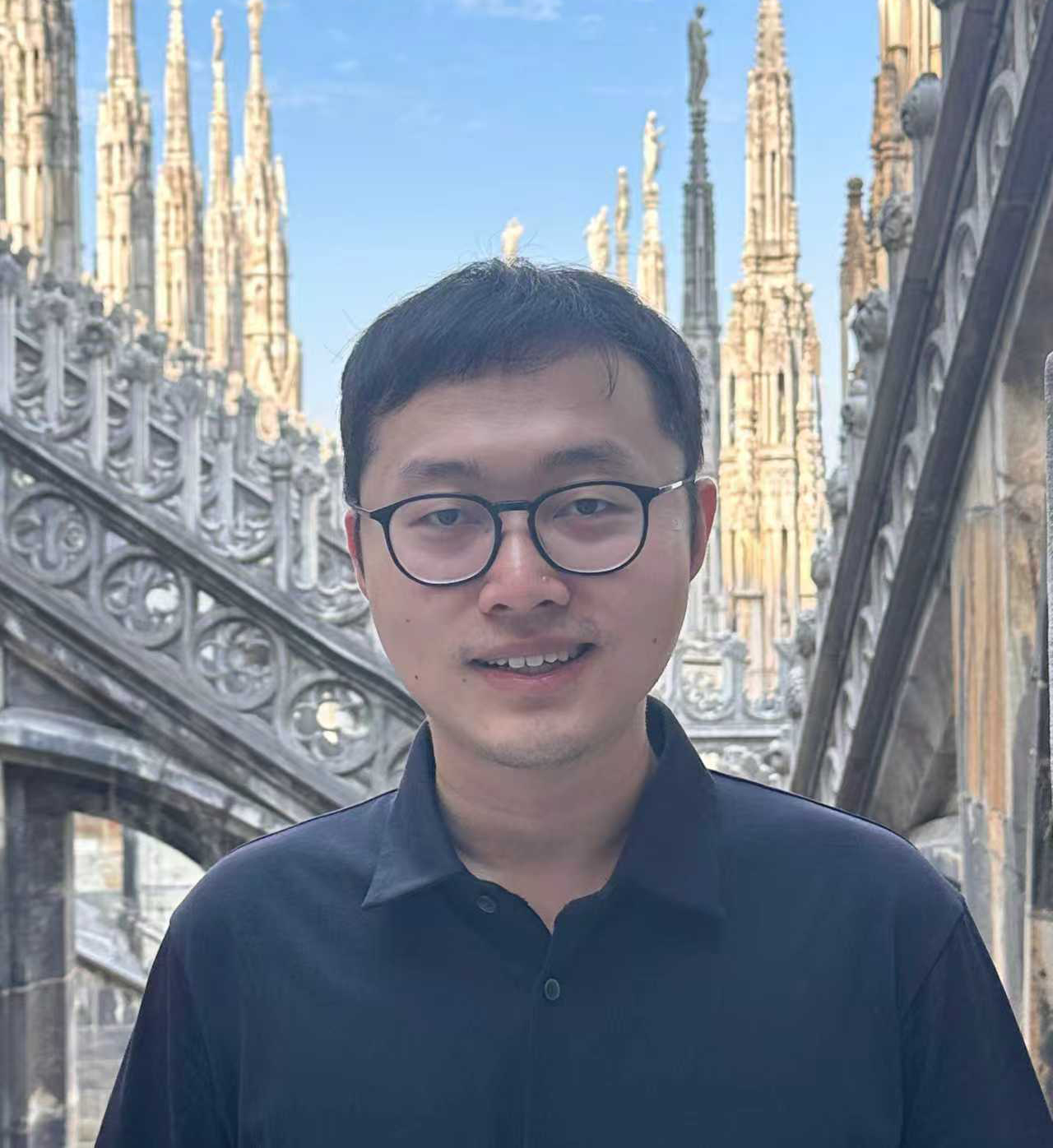
Yue SONG
Assistant Professor (incoming)
Structured Representation Learning, Science4AI, AI4Science
 Education/Work Experience
Education/Work Experience
2018: B.Sc. cum laude from KU Leuven, Belgium.
2020: M.Sc. summa cum laude from the University of Trento, Italy, and KTH Royal Institute of Technology, Sweden, as part of the EU EIT Digital program.
2024: Ph.D. within the European Laboratory for Learning and Intelligent Systems (ELLIS) program, affiliated with the University of Trento, Italy, and the University of Amsterdam, the Netherlands, supervised by Nicu Sebe and Max Welling.
2024–2026: Postdoctoral research associate at Caltech, advised by Yisong Yue, Pietro Perona, and Max Welling.
 Research Directions
Research Directions
My research centers on structured representation learning. It aims to leverage beneficial inductive biases from scientific disciplines (such as matrix geometry, dynamical systems, computational neuroscience, etc.) to inform the design of interpretable and generalizable AI models (Science4AI), and to promote the application of these models to complex scientific problems (AI4Science). Current core research directions include:
• Constructing disentangled and equivariant temporal dynamic systems for scientific sequential data (e.g., image sequences, neuroscience, behavioral ecology, molecular dynamics) to uncover independent evolving factors and semantic structures.
• Developing robust and efficient matrix geometry algorithms, such as fast differentiable matrix functions, batch-efficient matrix functions and eigendecompositions, and manifold-aware normalization layers, applied to scientific tasks like fine-grained visual recognition and EEG signal analysis.
• Exploring generative diffusion models on non-Euclidean structures for directional/periodic data (e.g., fluid fields, material textures, fingerprints) to achieve generation and modeling under physical constraints.
Future work will primarily focus on: learning from raw scientific data ( physical inverse problems, data-driven PDEs, etc.), exploring novel scientific inductive biases (oscillation, synchronization, topology, etc.), and building scientific foundation models integrated with geometric priors.
 Research Highlights
Research Highlights
In terms of research contributions, I have introduced a series of models with both theoretical significance and practical potential, effectively advancing areas such as equivariant and disentangled networks, matrix geometric algorithms, and non-Euclidean generative models. As a leading author, multiple papers have been published in top-tier journals and conferences including T-PAMI, ICML, NeurIPS, ICLR, CVPR, ICCV, and ECCV. These works have gained broad recognition and adoption within communities including numerical analysis and optimization, matrix manifolds, machine learning, and computer vision, and have received positive feedback from several IEEE/ACM/AAAI/SIAM Fellows. The publisned papers have been cited by scholars from institutions such as Harvard University, MIT, Yale University, Princeton University, University of Oxford, and University of Cambridge. Additionally, I have published the Springer Nature monograph Structured Representation Learning: From Homomorphisms and Disentanglement to Equivariance and Topography, and has served as an area chair, organized workshops, and delivered tutorials at major international conferences.
 Representative Works
Representative Works
The corresponding representative works for the three research directions are as follows:
• Proposed a unified "disentanglement-equivariance" framework, establishing a theoretical and modeling foundation for temporal representation learning: Building upon temporal variational autoencoders (VAEs), this work was the first to integrate latent disentanglement (factor independence) and equivariance (consistent model response under transformations) into a unified modeling framework. By introducing continuity equation constraints to govern the evolutionary dynamics of the latent flow, the model can explicitly simulate the low-dimensional dynamical systems underlying high-dimensional observations. This approach not only significantly enhances the extrapolation and cross-domain transfer capabilities for sequential data but also supports single/multi-objective controllable optimization and approximate symmetry modeling, providing theoretical assurance for the reliable reuse of scientific models.
• Developed efficient iterative algorithms for fast and differentiable matrix square root and inverse square root computations: This work replaces traditional explicit eigendecomposition (EIG/SVD) with theoretically grounded approximate computations. While ensuring end-to-end differentiability and gradient stability, it fully leverages the parallel processing capabilities of GPUs, achieving actual speedups of 5 to 20 times in multiple deep learning applications. This work therefore lays the foundation for the efficient integration of matrix operations in large-scale deep learning models.
• Introduced Kuramoto Orientation Diffusion Model based on the phase synchronization mechanism: This model maps the synchronization-desynchronization processes in neural dynamics onto the forward-reverse process of diffusion models, making it inherently more suited to the essential characteristics of directional data. When applied to directional/periodic scientific data such as fingerprints, material textures, geoscientific data, and fluid fields, the model demonstrates higher inference efficiency, superior generation quality, improved physical consistency, and better likelihood performance.


